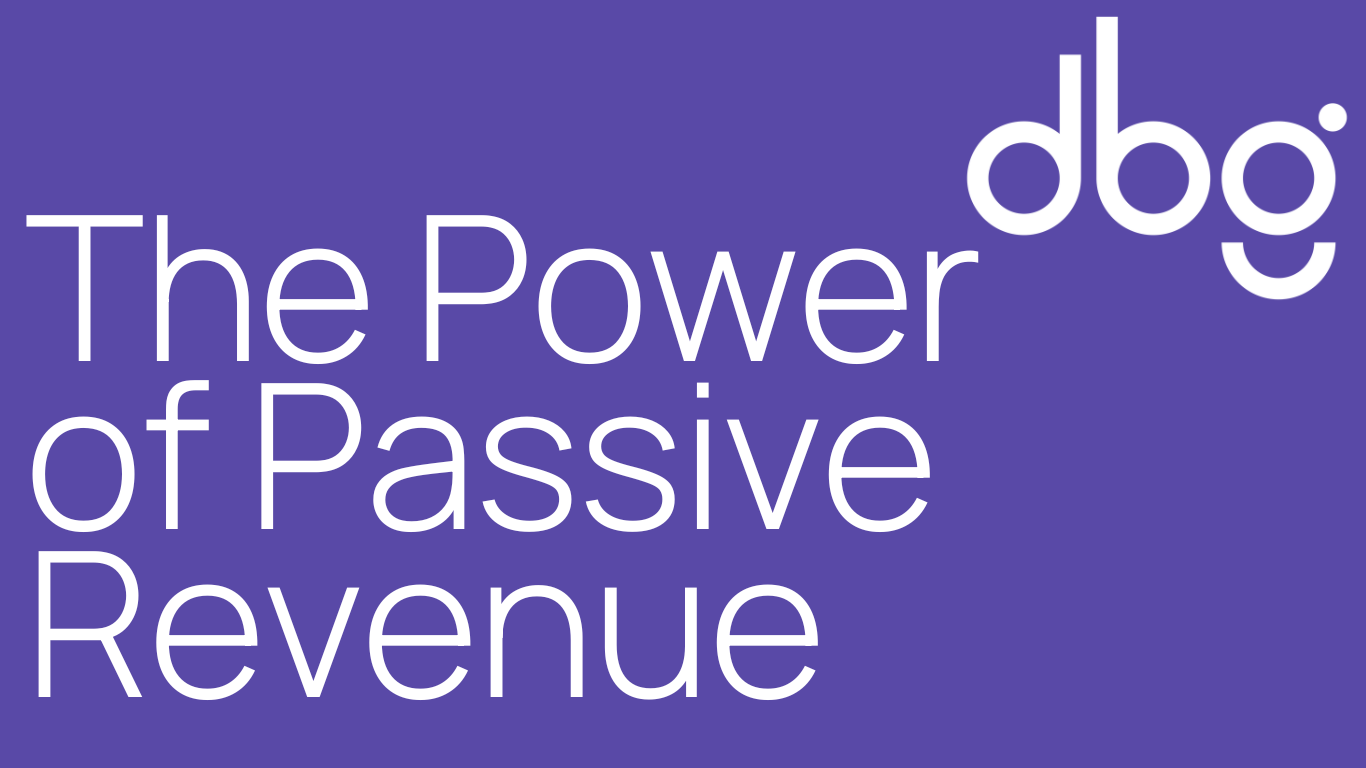 Passive revenue in eCommerce refers to the income generated from your online store with minimal ongoing effort or direct involvement once the initial setup is in place. Unlike active income, which requires continuous, hands-on work such as marketing, customer support, and product management, passive revenue streams in eCommerce allow you to earn money with less day-to-day involvement.
Passive revenue in eCommerce refers to the income generated from your online store with minimal ongoing effort or direct involvement once the initial setup is in place. Unlike active income, which requires continuous, hands-on work such as marketing, customer support, and product management, passive revenue streams in eCommerce allow you to earn money with less day-to-day involvement.
Here are some common examples of passive revenue sources in eCommerce:
Affiliate Marketing
In affiliate marketing, you partner with other businesses or individuals to promote their products or services on your eCommerce website. You earn a commission for each sale or lead generated through your referral links. Once you’ve set up the affiliate links and marketing materials, you can earn commissions without actively promoting the products yourself.
Dropshipping
With dropshipping, you partner with suppliers who handle the inventory and shipping of products. You list these products on your eCommerce website and fulfill orders as they come in. This model allows you to earn a margin on each sale without the need to manage inventory or handle shipping, making it a relatively passive way to earn revenue.
Subscription Models
Implementing subscription-based services or products on your eCommerce site can provide a recurring stream of revenue. Customers pay on a regular basis (e.g., monthly, or annually) for access to exclusive content, products, or services. Once subscribers are onboarded, they continue to pay automatically until they cancel their subscriptions.
Automated Sales Funnels
Creating well-designed sales funnels with automation tools allows you to guide customers through the buying process without constant manual intervention. Automated email sequences, personalised product recommendations, and abandoned cart recovery emails can help convert visitors into customers without ongoing, real-time effort.
Digital Products
Selling digital products like ebooks, downloadable templates, software, or online courses is another passive income source. After creating and marketing these products, they can be sold repeatedly without the need for physical inventory or shipping.
Content Marketing
High-quality, evergreen content such as blog posts, videos, or podcasts can continue to attract organic traffic and generate sales long after they are initially created. Monetising this content with affiliate links, ads, or product recommendations can be a passive income strategy.
Email Marketing
Building and maintaining an email list allows you to automate email marketing campaigns. Automated sequences, personalised offers, and periodic newsletters can drive sales without your direct involvement each time.
Recurring Revenue Models
Offering services or products with recurring billing, such as software as a service (SaaS) or membership sites, provides a steady stream of income as long as customers remain subscribed or members.
Passive revenue in ecommerce requires a thoughtful initial setup, ongoing monitoring and optimisation, and a customer-centric approach. While it may not be entirely “hands-off,” the goal is to reduce the need for constant, active management and allow your eCommerce business to generate income with less daily attention, giving you more freedom to focus on growth and expansion.
